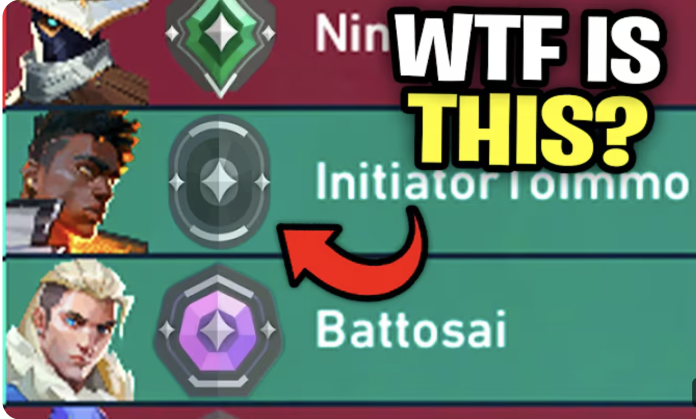Valorant, Riot Games’ flagship tactical shooter, has captured the hearts of millions since its release. With its unique blend of precise gunplay, diverse agent abilities, and competitive gameplay, it’s no wonder the game continues to dominate the esports scene. However, for all its strengths, Valorant is plagued by one glaring issue: its matchmaking system.
If you’ve spent any significant amount of time playing Valorant, chances are you’ve experienced the frustration of being placed in completely unbalanced matches. The matchmaking system—intended to create fair and competitive games—seems to disregard rank disparities, often pitting Iron players against Platinum or even Diamond opponents. This issue is not just an occasional hiccup; it’s a consistent problem that undermines the core experience of the game.
Unbalanced Teams: The Root of the Problem
One of the most common complaints from players is the drastic difference in skill levels between teammates and opponents. It’s not unusual to see a lobby where an Iron player is expected to perform alongside or against players ranked in Platinum or higher. The rank disparities create a significant skill gap that makes the game feel unfair from the start. How is an Iron player supposed to outgun someone with thousands of hours of experience and mechanical mastery?
This issue is further exacerbated in solo queue, where players have no control over who they’re teamed up with. While one team might consist of a balanced mix of similarly ranked players, the opposing team could include a duo of high-rank smurfs stomping through lower elo games. This creates a lopsided match that leaves lower-ranked players demoralized and frustrated.
Roasting and Toxicity: A Byproduct of Poor Matchmaking
The uneven matchmaking doesn’t just affect gameplay; it also fosters a toxic environment. Lower-ranked players who are matched with higher-ranked teammates often become the target of ridicule and verbal abuse. It’s easy to imagine the frustration of a Platinum player when their Iron teammate struggles to hold their own against opponents of much higher skill.
This dynamic creates a vicious cycle: lower-ranked players are roasted and blamed for losses, leading to a lack of confidence and enjoyment. Meanwhile, higher-ranked players feel that their competitive integrity is compromised because they’re forced to carry teammates who can’t keep up. Neither party benefits from this flawed system, and the overall player experience suffers.
Why Does This Happen?
So why does Riot’s matchmaking system seem so broken? A few key factors could explain the disparity:
- Player Base Distribution: Valorant’s matchmaking may struggle due to an uneven distribution of players across ranks. If there aren’t enough players within the same rank available for a match, the system widens its search parameters, pulling in players from drastically different skill levels.
- Queue Times vs. Quality: Riot may prioritize reducing queue times over creating balanced matches. While quick matchmaking is convenient, it’s a poor trade-off if the resulting games are unbalanced and unenjoyable.
- Smurfing and Rank Inflation: Smurfs—highly skilled players using lower-ranked accounts—further disrupt the balance. These players often dominate lower elo matches, skewing the perceived skill levels and making it harder for the system to create fair matches.
- Hidden MMR vs. Visible Rank: Riot’s hidden matchmaking rating (MMR) system doesn’t always align with a player’s visible rank. This can lead to situations where an Iron-ranked player with a high hidden MMR is matched against significantly higher-ranked opponents.
The Need for Change
Valorant’s matchmaking system is a critical component of its competitive experience, and its current state leaves much to be desired. To address these issues, Riot Games needs to take decisive action:
- Tighter Rank Restrictions: Matches should have stricter rank restrictions to ensure that players are competing against others of similar skill levels. The system should avoid creating lobbies where Iron players face Platinum or Diamond opponents.
- Smurf Detection: Riot needs to enhance its smurf detection mechanisms to ensure that higher-skilled players can’t dominate lower ranks. Penalties for smurfing should be more stringent to discourage this behavior.
- Balancing Queue Times and Match Quality: While reducing queue times is important, it shouldn’t come at the cost of match quality. Players would likely prefer waiting a few extra minutes for a balanced match rather than enduring an unfair game.
- Improved Transparency: Riot should offer more transparency about how their matchmaking system works. Clear communication about rank discrepancies and matchmaking criteria could help manage player expectations and reduce frustration.




